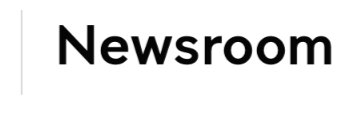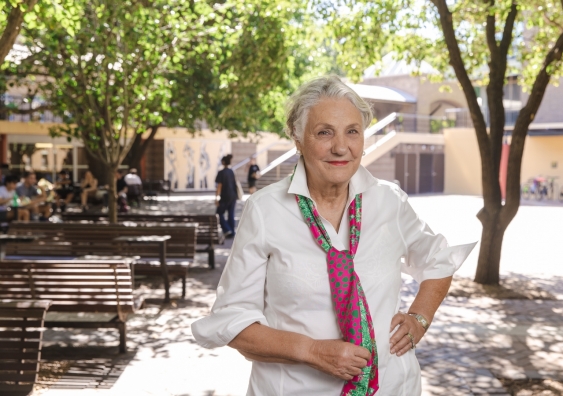UNSW records 1.4 per cent gender pay gap
2024-03-05T08:30:00+11:00

Photo: Getty Images
Data on Australia’s biggest companies’ gender pay gap has been published for the first time.
UNSW Sydney reported a median gender pay gap of 1.4 per cent, the smallest total remuneration gender gap among the Group of Eight (G08) and a positive result at a national, industry and organisational level.
The publication of the data comes as UNSW surpasses its target of 50 per cent women employees at HEW Level 10+ by 2025. It also looks to launch its first Gender Equity Strategy, outlining key steps to support staff of all genders, ethnicities, faiths, heritages, abilities, sexual orientation, age, and religious and cultural backgrounds to succeed at all levels of employment and help achieve parity.
“Gender pay equity is critical to a healthy society and an inclusive culture,” says UNSW Vice-Chancellor and President Attila Brungs.
“We’ve worked hard to put in place strategies to close the gender pay gap and to keep it closed. The Workplace Gender Equality Agency’s publication of this data is a very useful tool, providing transparency for all. However, while I’m proud of where we stand based on this data, we cannot be complacent. We need to continue to progress, to drive forward and take meaningful action to ensure pay and opportunities are equitable at UNSW.”
The WGEA data
The WGEA published base salary and total remuneration median gender pay gaps for private sector employers in Australia with 100 or more employees. The data for almost 5000 of Australia’s biggest companies reveals a national gender pay gap of 19 per cent, while many firms have recorded gender pay gaps of more than 50 per cent and men are shown to be earning more across every sector.
The publication of this data is a result of the Workplace Gender Equality Amendment (Closing the Gender Pay Gap) Act 2023 passing Parliament in 2023. It requires WGEA to publish private sector employer gender pay gaps from early 2024, and Commonwealth public sector gender pay gaps from late 2024/early 2025.
What is the gender pay gap?
The gender pay gap is the difference between the average or median earnings between women and men in the workforce as a whole. It is a metric to track gender equality at a national, industry and organisational level. It is not to be confused with equal pay, where men and women are paid the same for the same, or comparable, job which has been a legal requirement since 1969.
How the gender pay gap is calculated
The data analysed by WGEA includes base salary and total remuneration information – including bonuses and superannuation. This allows them to compile and publish national and industry statistics on the gender pay gap and relevant policies, including those related to parental leave and other gender pay gap drivers.
A pay gap is considered neutral when the difference in pay is up to 5 per cent more or less than that of the other gender.
What the results show
The results published by WGEA show:
- 30 per cent of employers have a median gender pay gap between the target range of -5 per cent and +5 per cent
- 62 per cent of median employer gender pay gaps are more than 5 per cent and are in favour of men
- the rest (8 per cent) are less than -5 per cent and are in favour of women
- across all employers, 50 per cent have a gender pay gap of more than 9.1 per cent.
There is significant variation in the gender pay gap across different industries, ranging from the Construction Industry where the mid-point employer gender pay gap is 31.8 per cent to Education with a mid-point employer gender pay gap of 5.2 per cent.
“It is encouraging to see that gender pay gaps for almost one-third of employers are close to gender parity within their workforce,” WGEA CEO Mary Wooldridge said.
“All employers should be aiming for a gender pay gap within +/-5 per cent. This range allows for normal business fluctuations and employee movements, while signifying that an employer has a focus on identifying and addressing inequalities and is taking action to ensure there is gender equality throughout an organisation.”
Media enquiries
For enquiries about this story or to arrange interviews, please contact:
Tel: +61 2 9385 2864
Email: media@unsw.edu.au




